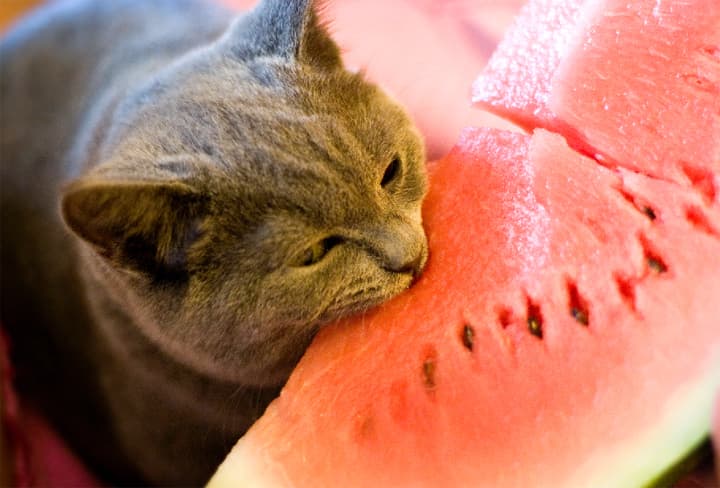We present to you an early-ripening hybrid characterized by high yields and low maintenance. This watermelon produces round fruits covered with dark green stripes, making it not only delicious but also attractive. The average fruit weight is about 3 kg, making it ideal for a small family or group of friends.
The main advantage of the Primo Orange F1 is its delicious flesh . Not only does it have a rich orange color, but it also has a high sugar content (11-12%), making the taste incredibly sweet and refreshing. Another pleasant bonus is the small number of seeds , making the watermelon much easier to eat.
Technical specifications:
- Type: F1 Hybrid
- Fruit shape: Round
- Fruit color: Dark green with stripes
- Flesh color: Bright orange
- Average fruit weight: About 3 kg
- Sugar content: 11-12%
- Number of seeds: Small
- Ripening time: Early maturing, 65-70 days from germination to maturity
- Disease Resistance: High resistance to major watermelon diseases
- Sowing rate: 1.0 g = 10-20 seeds
Grow your own sweet and juicy "PrimoOrange" F1 watermelon and enjoy the unique taste of summer! This hybrid will be a true highlight on your table and a delight for you and your loved ones.

Salted watermelon.
Preserving watermelons has long been considered especially important because they are beneficial for anemia, liver disease, and atherosclerosis. To ensure high-quality pickling, a cellar with a constant temperature of 4°C to 5°C is essential.
Watermelons are salted in oak barrels, previously scraped and steamed with boiling water. Furthermore, well-washed river sand is needed for layering the fruit.
A 150-liter barrel requires about 70 kg of sand. It is pre-sifted, soaked in water for 24 hours, mixed, and washed until the sand is clear. Before adding the watermelons, the sand is scalded with boiling water. All salting operations are carried out directly in the cellar; otherwise, the barrel will not budge.
It is best to pickle small watermelons (weighing 1-2 kg) with a thin rind (variety like "Ogonyok").
The fruits should be ripe, but not overripe (there shouldn't be any empty space around the "ram" inside). When tapped, these watermelons sound unripe. For the pickling, prepare a brine similar to that for cucumbers.
Watermelons are placed in the barrel so that they are surrounded by sand on all sides and do not touch the sides or each other. To do this, add a 5-6 cm layer of sand to the bottom, then arrange the watermelons, leaving 3-4 cm gaps between them. This is then filled with sand and compacted. Add another 5-6 cm layer of sand on top, and pour brine along the side of the barrel so that it does not rise above the surface. This is necessary to prevent the watermelons from floating. The arrangement is complete when 15 cm remain to the top. A wooden circle (peeled and scalded) is placed on top of the sand, and a weight (washed stone, but not limestone) is placed on top. Then, brine is added to a level 5 cm above the circle.
When storing, care must be taken to ensure the quantity does not decrease. After three to four months (usually by New Year's), the salted watermelons are ready.












